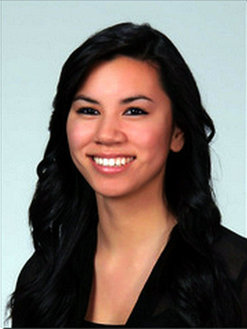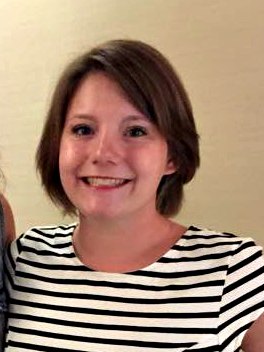Celebration of Scholars
Interpreting Nature: Redesign of Richard Bong Recreation Center
 Name:
Margaret Plunkett
Name:
Margaret Plunkett
Major: PR/Communications
Hometown: Bartlett, IL
Faculty Sponsor: Laura Huaracha
Other Sponsors:
Type of research: Course project
 Name:
Lindsey Fagerstrom
Name:
Lindsey Fagerstrom
Major: Environmental Science
Hometown: Minnetonka, MN
Faculty Sponsor: Laura Huaracha
Other Sponsors:
Type of research: Course project
Abstract
The research we are proposing is a project we did for our recent J-Term Class, Interpreting Nature, led by Professor Laura Huaracha. The main goal of our project was to use proper interpretive planning to redesign the Richard Bong State Recreation Park sign. It was a Carthage symposium which made it unique by combining our knowledge of environmental history of the park with marketing techniques, as well as graphic design skills. The methods we used to achieve this goal was brainstorming, using interpretive planning (their fonts, color pallets, and goals), and creating our own project goals, which is in the powepoint we have made. In the final process, the creative ideas of a diverse group of participants were synthesized into one effective solution. We also not only created a plan to redesign the front entrance sign, but made recreational area signs for the park as well. In conclusion, we hope to see progress throughout the next few years at the Richard Bong State Recreation Park in using our ideas or parts of our ideas to renovate the entrance sign and/or other parts of the park. We also hope for future interpreting nature design classes to find material and start implementing the ideas that we have created.
Submit date: March 15, 2015, 2:28 p.m.
